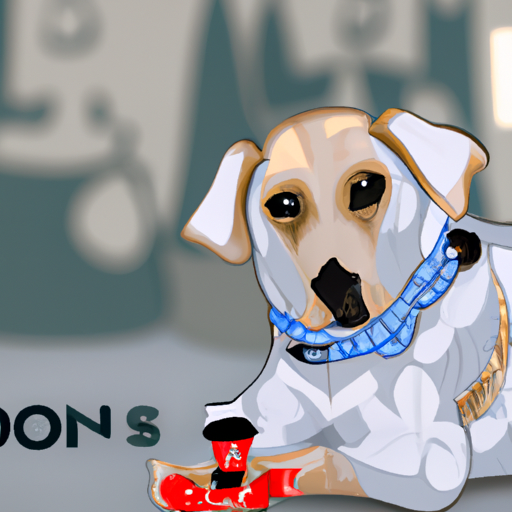Understanding Cushing’s Disease
Cushing’s disease, also known as hyperadrenocorticism, is a condition where your dog’s body produces too much cortisol. Cortisol is a hormone that helps regulate the immune system and the process of turning food into energy. When your dog has too much of it, they may experience a range of symptoms, from increased thirst and urination to a pot-bellied appearance. It’s a serious condition, but with the right treatment and care, your dog can live a comfortable life.
Recognizing the Symptoms
To effectively treat Cushing’s disease, you first need to recognize the symptoms. This is where you, as a caregiver, play a critical role. Watch out for these signs:
- Excessive thirst and urination
- Increased hunger
- Hair loss
- Pot-bellied appearance
- Panting
- Skin changes
If you notice these symptoms, it’s crucial to schedule a vet appointment as soon as possible.
Diagnosing Cushing’s Disease
Your vet will perform several tests to diagnose Cushing’s disease. This may include blood tests, urinalysis, and imaging studies such as ultrasound. An ACTH stimulation test or a low-dose dexamethasone suppression test may be used to confirm the diagnosis. These tests help the vet understand how your dog’s body is producing cortisol.
| Test | What It Does |
|---|---|
| Blood Test | Checks for high levels of cortisol |
| Urinalysis | Analyzes urine for signs of disease |
| ACTH Stimulation Test | Assesses how the adrenal gland responds to ACTH, a hormone that signals the production of cortisol |
| Low-Dose Dexamethasone Suppression Test | Measures the body’s response to a low dose of a medicine called dexamethasone |
Treating Cushing’s Disease
Treatment for Cushing’s disease varies depending on the cause. There are two main types: pituitary-dependent Cushing’s, which is caused by a benign tumor on the pituitary gland, and adrenal-dependent Cushing’s, caused by a tumor on one of the adrenal glands.
- Pituitary-dependent Cushing’s: Medication such as Trilostane or Mitotane is typically used to control cortisol production.
- Adrenal-dependent Cushing’s: Surgery to remove the tumor is often the best option.
Regardless of the type, ongoing monitoring and regular check-ups with the vet are essential to manage the condition effectively.
Living with Cushing’s Disease
Living with a dog with Cushing’s disease can be challenging, but your loving care can make a world of difference. Regular vet check-ups, a balanced diet, and plenty of exercise will help manage your dog’s symptoms. Remember, your dog can still live a happy, fulfilling life with Cushing’s disease. It’s all about managing the condition with love, patience, and dedicated care.
FAQs
Q: Is Cushing’s disease in dogs curable?
A: While there’s no cure for Cushing’s disease, it can be managed effectively with the right treatment and care.
Q: How long can a dog live with Cushing’s disease?
A: With proper treatment and care, dogs with Cushing’s disease can live for many years.
Q: Is Cushing’s disease painful for dogs?
A: Cushing’s disease itself is not painful, but its symptoms, like skin infections and muscle weakness, can cause discomfort.
Q: Can Cushing’s disease in dogs cause aggressive behavior?
A: Some dogs with Cushing’s disease may show changes in behavior, including increased irritability or aggression.
Q: What should I feed my dog with Cushing’s disease?
A: A balanced diet is crucial for dogs with Cushing’s disease. Speak to your vet about the best diet plan for your dog.



